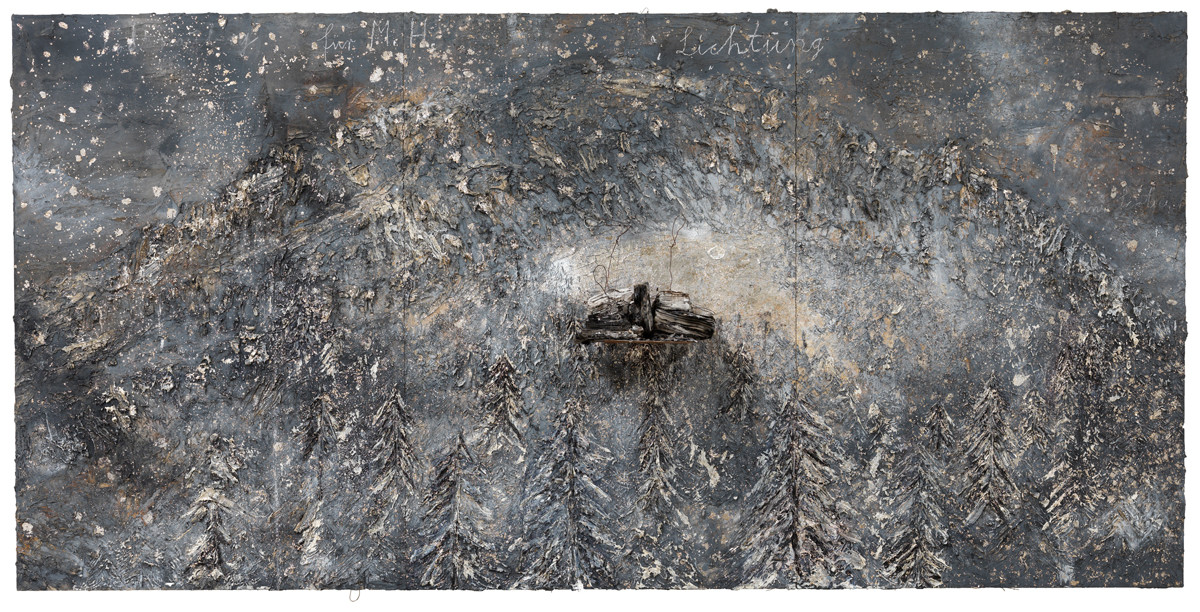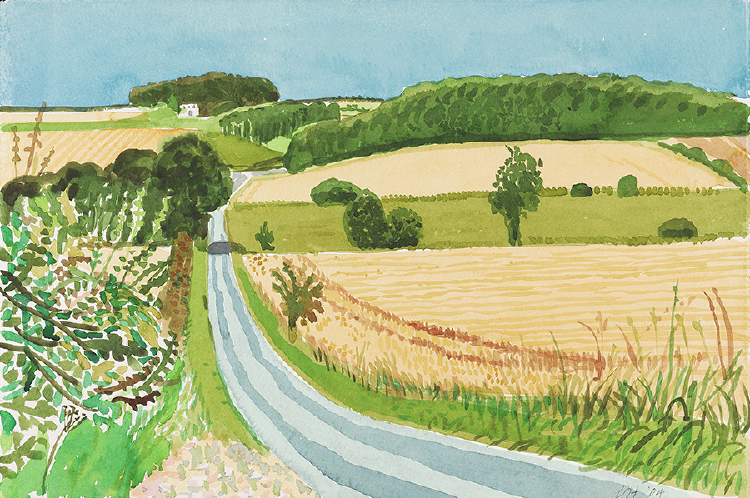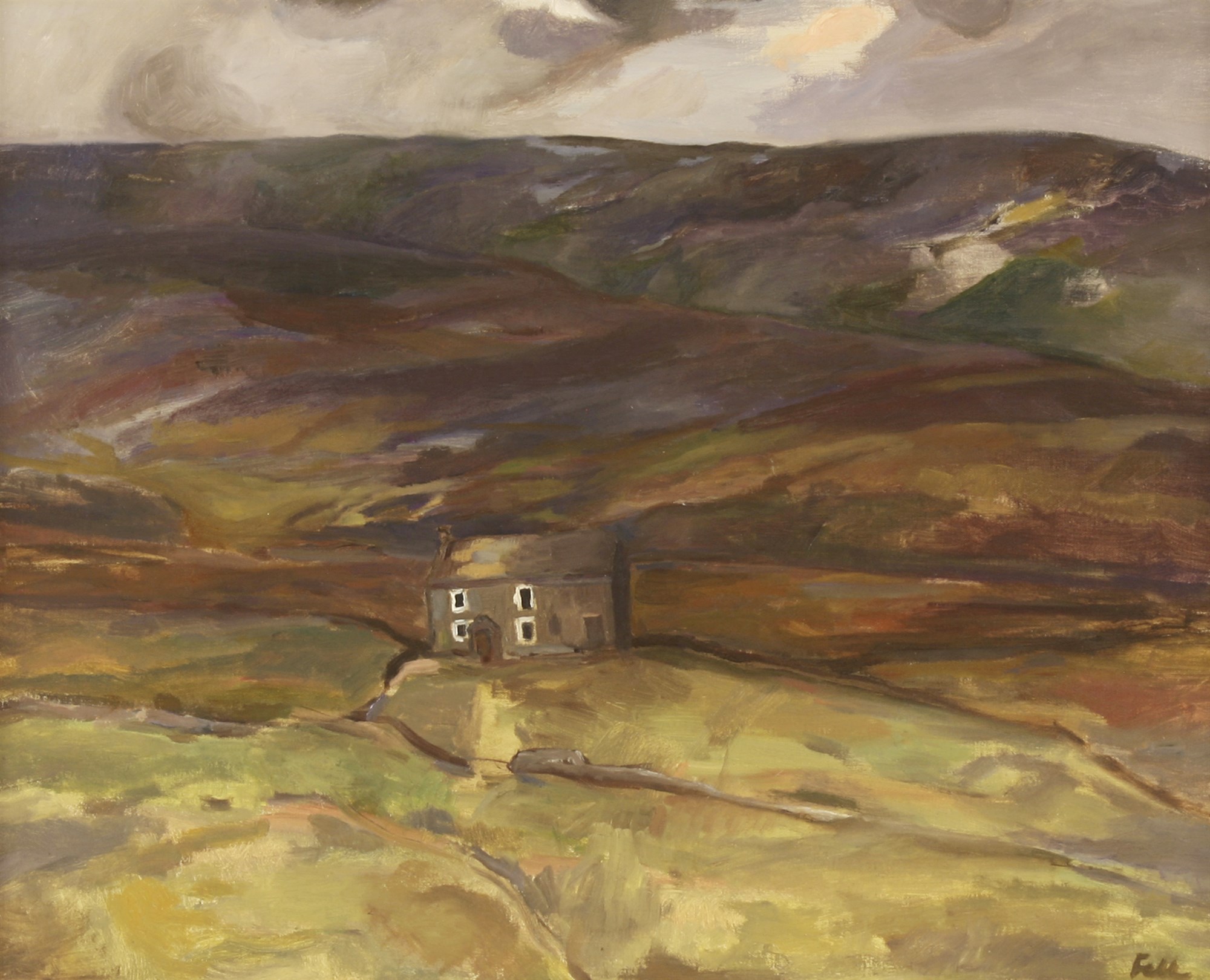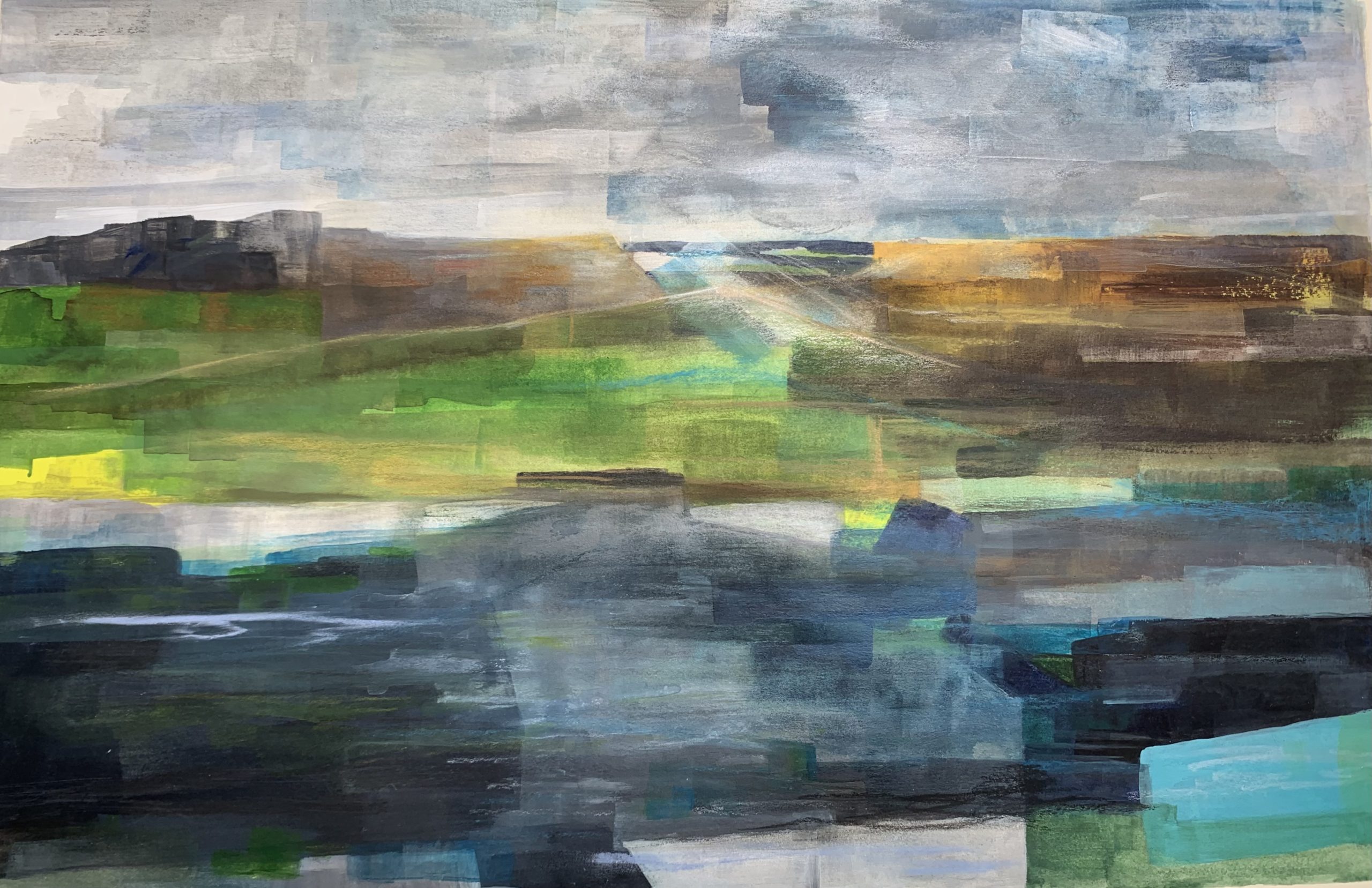In the quiet spaces of my studio, where the world fades away and only the canvas and I remain, I’ve discovered a secret, an intangible force that breathes life into my creations. It’s the very essence of art-making – the key to crafting works that don’t just hang on walls but resonate with the viewer.
Vulnerability: The Birthplace of Connection
Art isn’t just an expression; it’s a revelation. It’s in those unguarded moments when I let my emotions flow through the brush that something magical happens. The viewer isn’t just seeing a piece of art; they’re witnessing a piece of me as the painter. Vulnerability bridges the gap between the artist and the audience, forming an unspoken bond.
Universal Language: Emotions Unveiled
The beauty of art lies in its universality. It’s a language that transcends spoken words, a silent conversation between souls. By channelling these universal emotions, I create pieces that speak to something deep within us all.
Mastery: The Hand that Guides the Heart
The technique is the silent conductor, harmonizing with the emotions that flow. It’s the marriage of skill and intuition. Through years of practice and endless exploration, I’ve used my craft to create my vision.
Courageous Innovation: Pushing Boundaries, Defying Norms
Art isn’t static; it’s a living, breathing entity. To truly connect, I’ve learned to embrace the unknown. It’s about pushing boundaries, experimenting with unconventional mediums, and defying the constraints of convention. Innovation breathes life into my work, inviting viewers to see the world through a fresh lens.
The Dance of Intuition and Craftsmanship
In every piece, there’s a dance – a delicate balance between instinct and expertise. It’s where intuition meets technique, where vulnerability intertwines with mastery. It’s an invitation extended to the viewer, a quiet whisper that says, “Come, share this moment with me.”
Ultimately, the secret to creating art that connects isn’t confined to any canvas or medium. It’s a journey of self-discovery, a dance with the intangible, a language spoken from the heart. It’s about embracing vulnerability, channelling universal truths, mastering the tools of the trade, and fearlessly venturing into uncharted territories.
So, as you stand before a piece of art, remember that it’s not just pigment and canvas; if you listen closely, you might just hear the heartbeat of the creator echoing through the strokes and colours. This is the secret to crafting art that connects.












